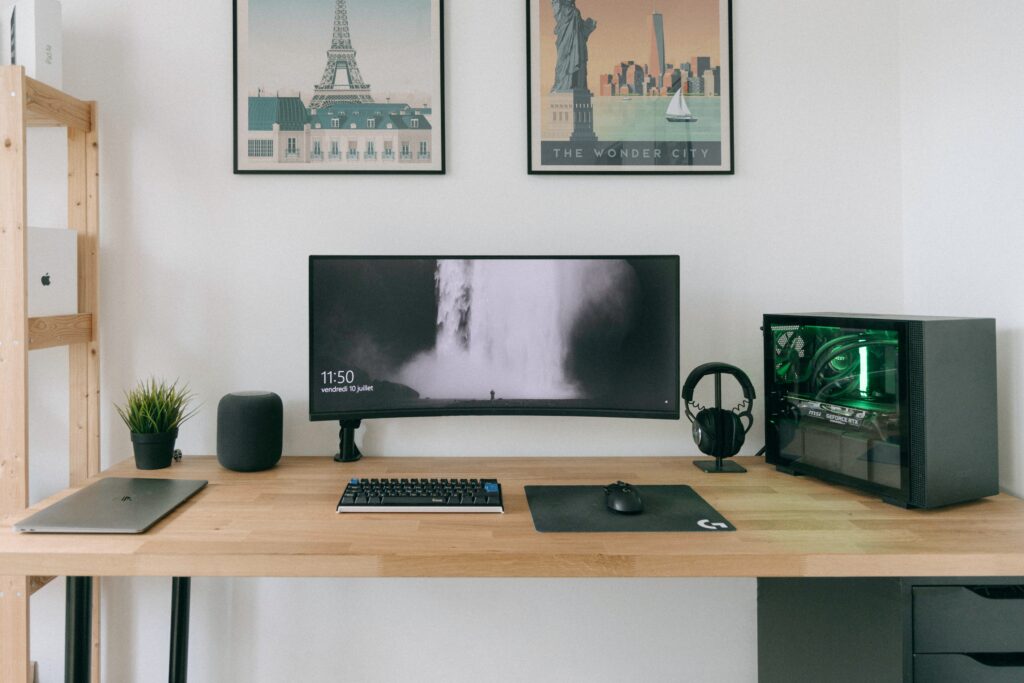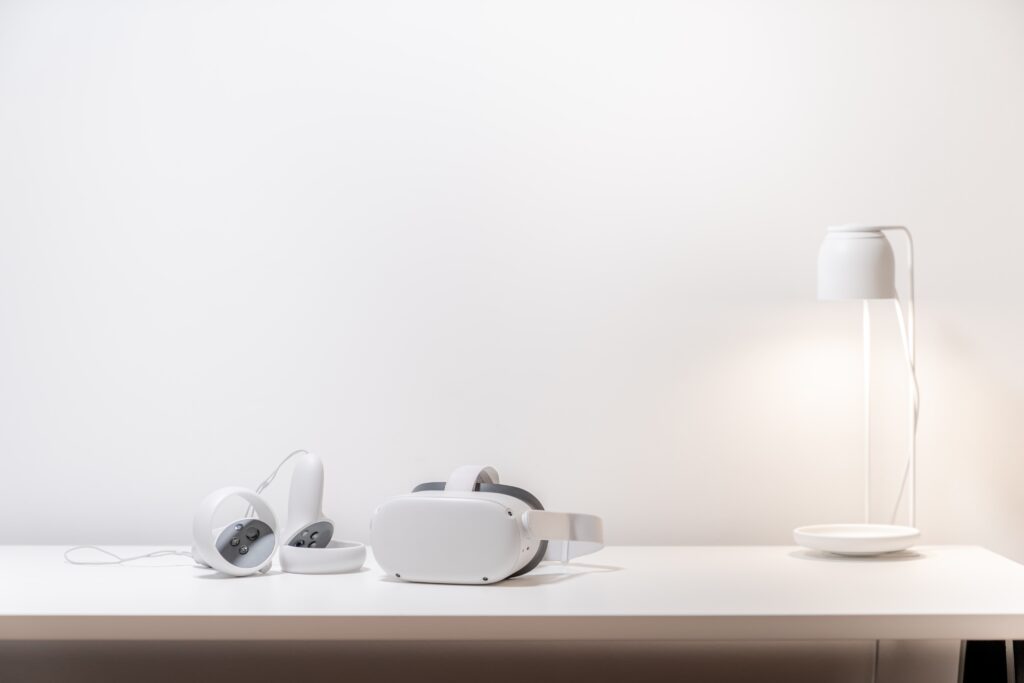Worldwide, video gaming is one of the most popular forms of digital entertainment and your gaming setup is important. Whether on a mobile phone, console, or computer, spending downtime by playing an exciting game is now a global pastime. Still, when we think about video gaming, the last thing we consider is interior design.
After all, the industries don’t pair well. Video gaming prioritizes the latest technology and graphics, while the interior design is about intuition… along with a few designer names. So, how can home design be optimized for those who live with diehard gamers?

This is especially tricky today given the range of gaming devices. There are Xboxes and PlayStations, along with massive monitors used for PC gaming. Even casual iGamers who use browsers to play slots are likely to spend extra time in front of a screen. This is particularly true when there are Megaways offers, which can be applied for a selection of available titles as per conditions.
In other words, even the most casual gamer might spend an afternoon spinning Megaways or battling friends in an action-adventure Xbox game. Setting aside time to integrate gaming areas into the home is a worthwhile consideration—especially if there’s more than one gamer at home. Keep reading for a few tips on how to optimize your setup today.
3 Steps To an Amazing At-Home (Hidden) Gaming Setup
Spare Rooms: To Use or Not To Use?
Homeowners with a spare room are often the first to create a ‘computer’ room. This is likely to serve as an office, gaming room, and storage facility all in one place. For some, it might even become a place where junk piles up.
The first question for a homeowner to ask is whether the space is better used for another purpose. Putting a desk, chair, and monitor into the room is often enough to keep users of PCs and gaming laptops happy, and is usually all they need. However, it may also cut them off from the rest of the household while they game, so you might choose to explore some alternative options.
For vocal gamers, this might be the best solution. But for casual gamers, or those looking to spend less time in front of a screen, keeping a gaming setup more centralized will boost a feeling of ‘togetherness’ in the home.
Hiding the Console Near the TV
The above example is more likely to come up for a gamer who prefers PC titles, which are played with a standard monitor. However, many gamers prefer consoles, such as Sony’s PlayStation or Microsoft’s Xbox.
These devices often take up the TV screen, which can make them unpopular as living room gadgets. Luckily, most consoles now have wireless controllers, which means simply hiding the console will go a long way in making any space more gamer-friendly.
And, even better, most homeowners also have some kind of entertainment center that’s used to help hide wires and other unsightly boxes. Simply set aside some space for controller-charging, and any living room can also function as a gaming hub.

For Advanced Gamers: Hiding the VR Sensors Near the TV
Clearly, most living room setups are already equipped to hide a console. However, some gamers stay at the forefront of technology—which means there’s probably a VR headset, controller, and sensor device set up.
VR gaming requires a user to mount sensors at the ceiling level around the room where the device is set up. Obviously, these sensors (normally about the size of a security camera) are tougher to hide—and a beautiful crown molding will only make the sensors and their wiring stand out more.
Throw in a few other complications, like the fact that mirrored or glass surfaces can confuse the sensors, and there’s enough to tech-design consideration to keep someone busy for hours. Unfortunately, the easiest solution is to opt for the most advanced VR headsets, which will minimize cables and device size.
But for those with devices they don’t want to upgrade, the best solution is to search for wall mounts built specifically for VR devices. Keep in mind that they only need to be visible while in use, so keeping them tucked into closed shelving units (or even hidden behind a house plant) is a viable option.
